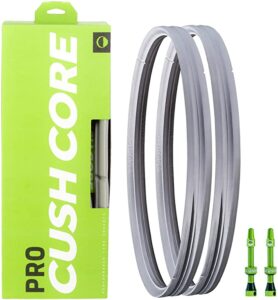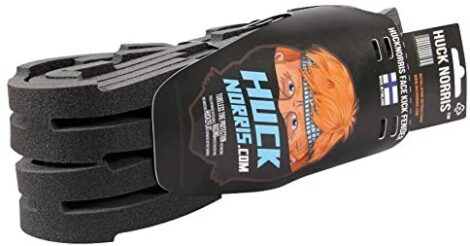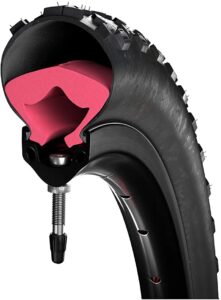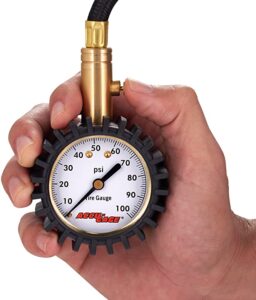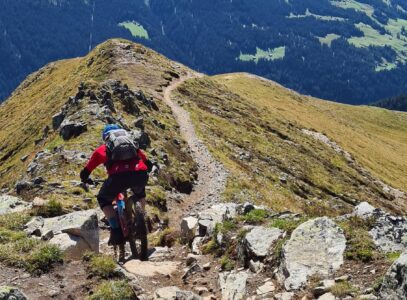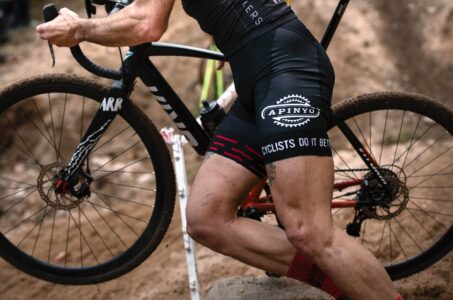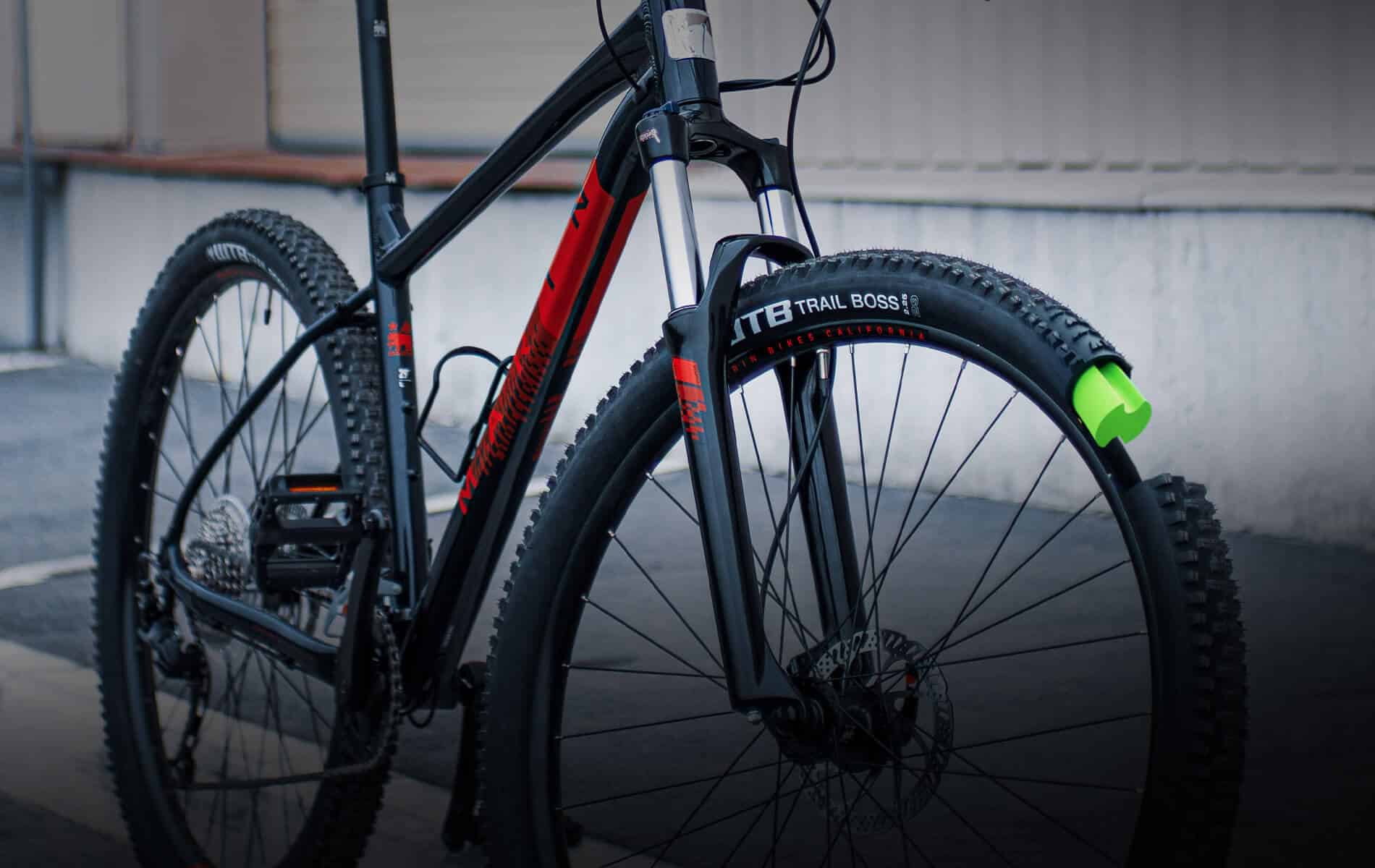
With regards to tire inserts, most mountain bikers hold one of the following opinions.
- 1. Tubeless is pretty good already, and inserts don’t seem worth the extra cost, effort, and weight.
- 2. Tire inserts are the bee’s knees and it’s hard to imagine riding without them.
- 3. Uhhh… what are tire inserts?
This isn’t a comprehensive guide to the myriad different inserts available. Instead, this is a “what to know before you buy” guide to help you make an informed decision.
How often do you currently pinch flat while riding?
Tire inserts effectively eliminate pinch flats, even at previously dangerous pressures of 16 psi. In addition, that strip of foam does an amazing job keeping the bead of your rim from cutting a hole in your tire when you bottom out on a rock.
Do you wish you could run lower pressure, but hate tire squirm?
Some inserts help prevent tire squirm better than others. If an insert is easy to install, it won’t do a lot against tire squirm. However, the tighter it is, the more mechanical pressure the insert will have against the tire’s sidewall. Many riders find that although they can run very low pressures (15-18 psi) without flatting while running inserts, they settle with a moderately low pressure of 19-22 psi to reduce tire squirm under heavy cornering loads.
Do you regularly ride trails where you could benefit from having tire inserts?
Inserts make the most significant difference on trails that are either very rough with lots of unavoidable square edges or very greasy where traction is at a premium.
If you live in an area with miles of buff, dry singletrack, then inserts may not make a difference in your riding.
Can you live with the downsides of tire inserts?
Tire inserts do add rotating weight to your bike. They typically add 150-300 grams of weight per wheel. It’s about the same difference in weight as moving from a trail casing to a DH casing tire. This added weight will make your bike harder to accelerate but add to your stability and momentum once up to speed.
Despite your buddy who claims they’re easy to install, they’re not. The ease of installing inserts is highly dependent on your insert/tire/rim combo. Installing tire inserts is a job that might have you inventing new curse words, or it could be relatively painless. To make the job easier, I highly recommend the Cushcore tire lever Cushcore tire lever, ample soapy water, and a large circular trash can. Or pay your local shop to do it and make sure to tip them.
If you do get a flat on the trail, consider whether you’ll be able to fix it. While tires with inserts do have additional ride-flat support, it isn’t at all something you’d do for anything but the shortest possible distance back to the car.
What are other options?
If the problem is pinch flatting and squirming tires, there are two main solutions besides inserts; more air or more rubber.
Air is easy and free to experiment with; a few additional psi can make a massive difference in the performance of your bike. I’d recommend getting an accurate gauge to help you get a consistent idea of your real air pressure. I use a Meiser Accu-Gauge before every ride.
The casing of your tire can also add pinch flat resistance and stability to your ride. Most companies make at least three different casings for their tires. The lightest casing is appropriate for cross country, the midweight casing is for trail riding, and the heaviest casing is for downhill use.
TLDR
If you’re curious about tire inserts, buy a pair and try them out. In my opinion, they aren’t as revolutionary technology as tubeless was at the time, but they do offer real tangible benefits if you have the terrain to take advantage of them.
Peter Haile
Whether pushing his limits on technical trails, seeing what’s around the next corner, or tinkering in his shop; Peter enjoys life to the full. In addition to bikes, he enjoys frame building, graphic design, and math. He lives in Asheville, NC with his wife and son.
Get the email for busy mountain bikers.
Discover the best products + gear, and learn about deals from brands you love.

